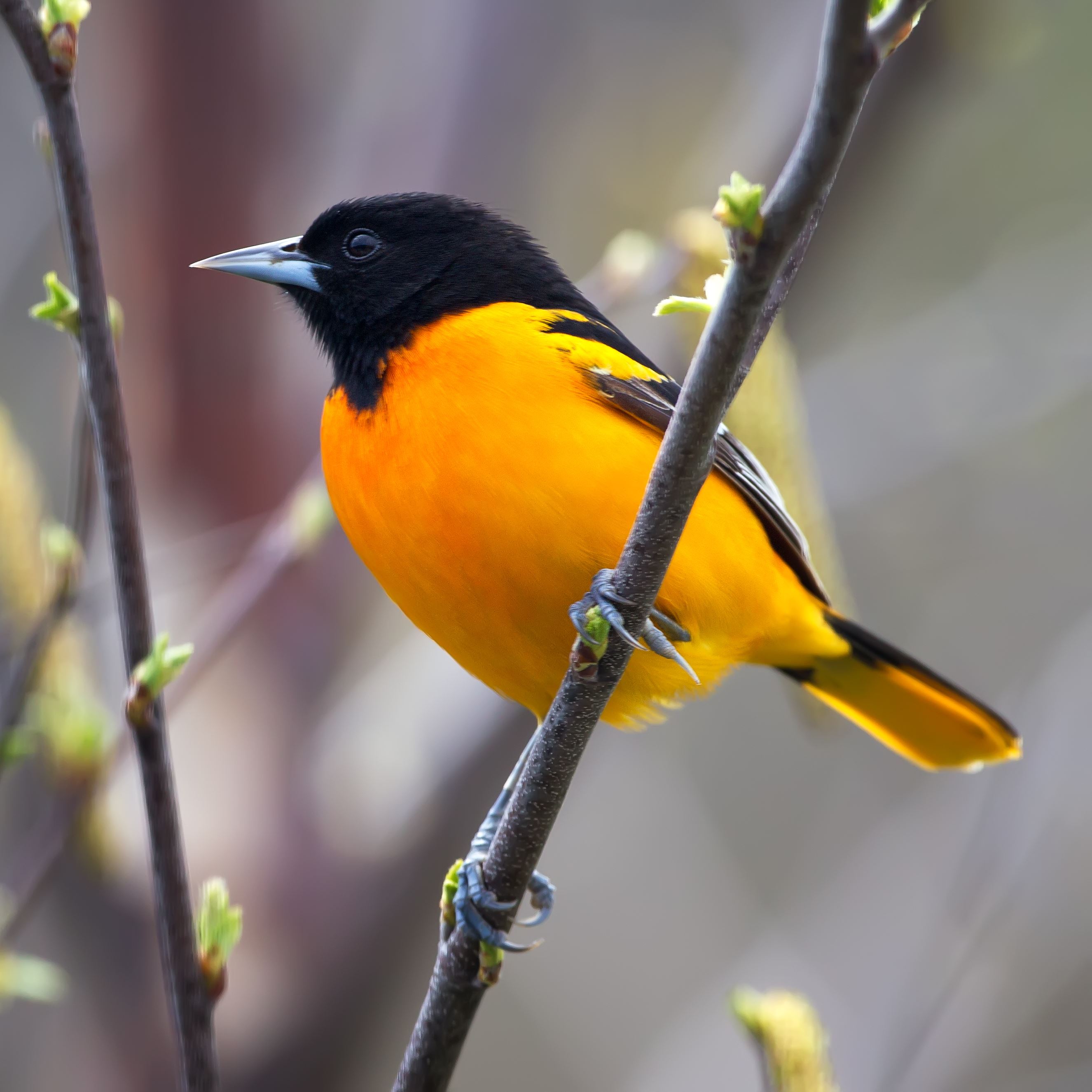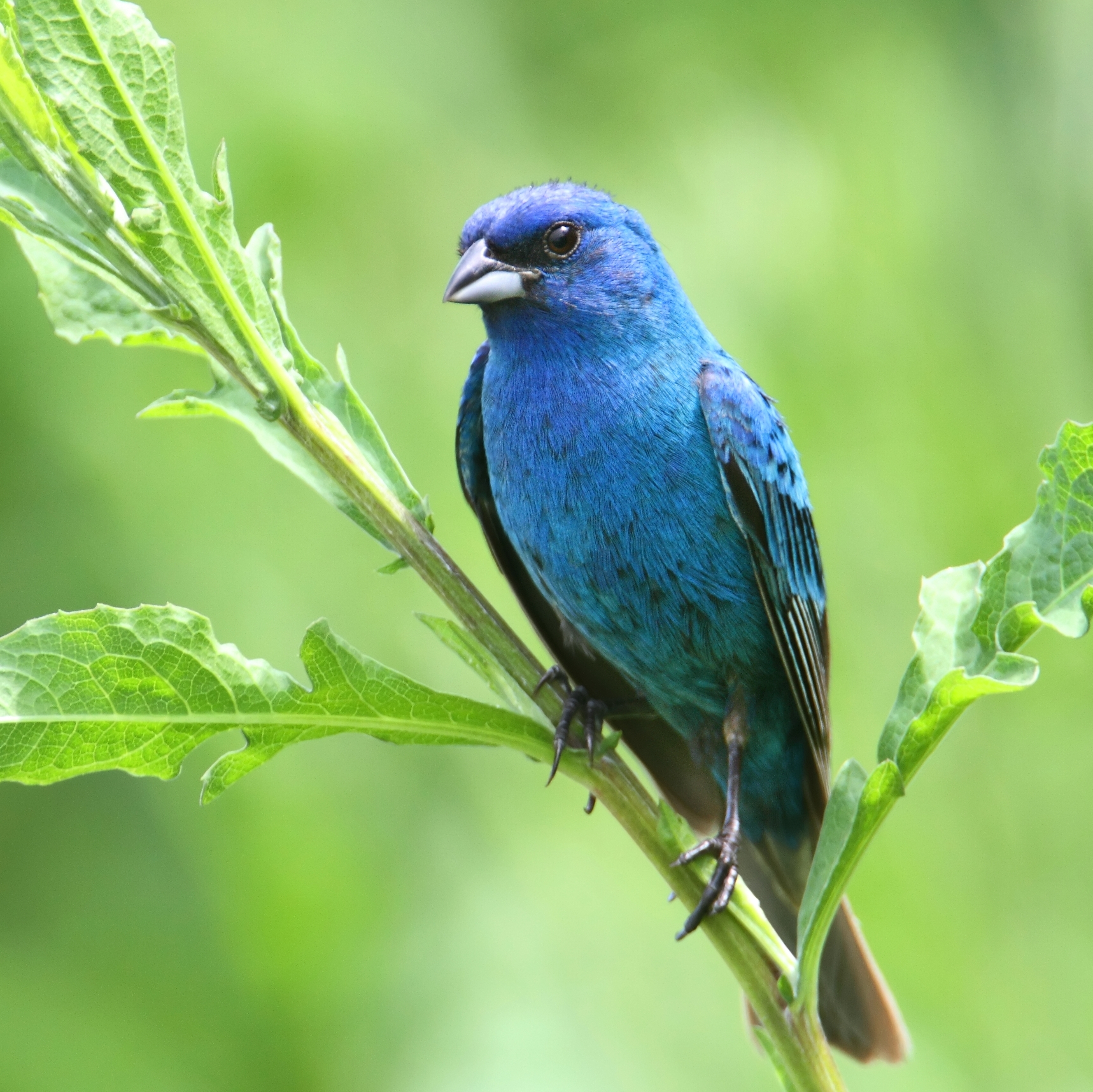Bird Research Conducted this Summer at Wildwood

A bird banding station at Wildwood Preserve will help gather information that could help guide conservation efforts in the future.
The station is part of the MAPS (Monitoring Avian Productivity and Survivorship) program, a continent-wide collaborative effort with a goal of conserving birds and their habitats. Data collected from more than 1,200 MAPS stations are used to answer questions about factors driving population declines, differences between regions and habitats. The information could lead to answers about how declines can be reversed.
Monitoring bird populations through banding gives detailed information about birds at different life-cycle stages, which is important for focusing conservation efforts where they are needed most.
MAPS stations like the one at Wildwood use a very fine mesh, called a mist net, to catch and band songbirds during the breeding season. A master bird bander with a federal permit collects information about each bird’s age, sex, molt and breeding condition, as well as wing length, fat score and mass. The birds are released unharmed. Subsequent recapture data provide information on survival and reproductive rates.
The MAPS station at Wildwood will monitor breeding birds in high-quality habitat surrounded by a suburban landscape. Wildwood provides breeding habitat for birds that are not typical in environments impacted by people. Studying these birds will provide good information about how important Metroparks habitat is in conserving breeding songbirds in northwest Ohio.
Where to See It
Visitors this summer may see the banding station near the Meadow Loop (Yellow) Trial, not far from Metroparks Hall. On banding days, look for signs posted near the site.
Photos: Top - Baltimore oriole; below - indigo bunting
